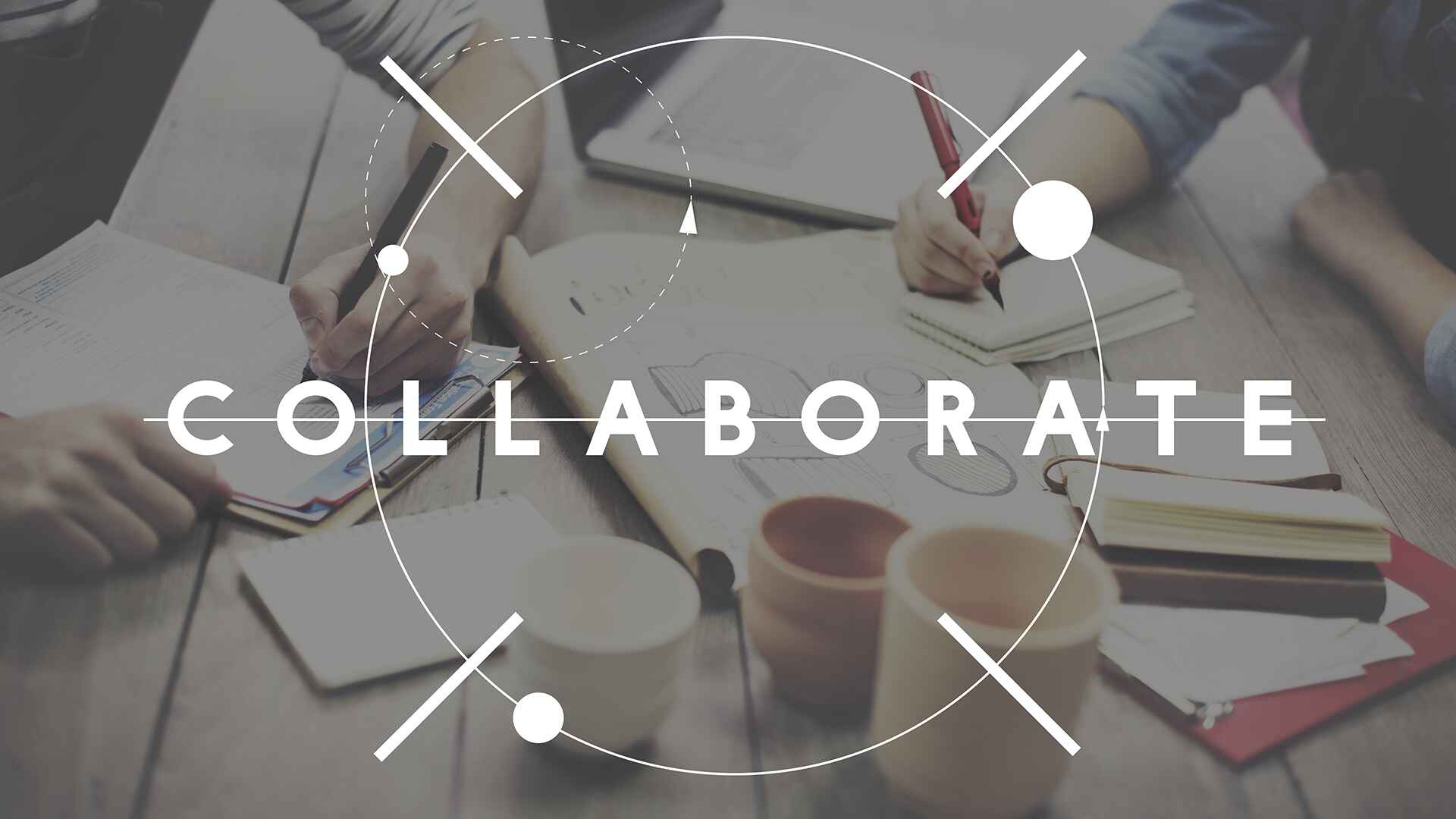
Technical advancement and the Internet have modified the world and digital workplaces have revamped the traditional way of conducting business and how teams work in a global world. Cloud technology, laptops, smartphones, and tablets enable remote working and improve team efficiency.
Collaboration in the workplace – what is it?
Collaboration means a group of people sharing their ideas and skills to achieve common goals. The team members with their different perspectives, expertise, and ideas work towards finding innovative solutions that enhance organizational efficiency. Collaboration can happen for teams working remotely or in the office. The objective is maximizing the possibility of success by administering collaborative and communicative experiences across the entire organization.
Schedule a call with a Pragati Leadership expert to discuss how we can support your strategic objectives.
Schedule your CallBenefits of collaboration in the workplace
- Allows teams to pool their resources by complementing the strengths of its members
- Increases efficiency as all members work towards finding effective solutions and division of work to achieve deadlines without delays
- Enables learning as every member brings in their education, expertise, and experience thereby building trust within the teams
- Enhances employee engagement and retention encouraging people to stay for longer duration within the organization
What is collaborative training?
It encourages personnel to share their experience and knowledge while offering learning and teaching to every participant. Collaborative training enhances the overall experience of the team members and capitalizes on the ideas, knowledge, and skills of the participants.
Employees are able to better understand within a group as compared to individual training as they are given the chance to hear different viewpoints, reframe their ideas, and articulate various points.
Here are some ways to bring in collaboration in the workplace:
Learning communities
Such communities offer an environment fostering a collaborative approach to solve issues and meeting organizational objectives. Priority is given to open communication and offers participants the opportunity to learn from others and teach others.
Training teams
An effective but simple method is including different departments or teams to provide training to other groups on their responsibilities. Such sessions allow members to share their duties and experiences with other people within the organization. These also allow participants to offer insights on various ways to resolve issues that are related to their expertise and experience.
Peer learning
It involves peers to learn together by sharing their knowledge and expertise. Peer collaborative training uses learning content for other members of the team and is an excellent way to share knowledge while reducing the efforts of the learning and development teams to constantly create and update training materials for the people. Some examples include:
- Onboarding buddy where an experienced peer trains new people and ensures smooth integration of the new employees within the company
- Setting up online work groups allowing employees to create collaborative teams
- Interaction among peers in a relaxed social environment
Peer reviews
One of the best and most effective ways to conduct performance reviews is to implement peer review systems where employees receive feedback from their fellow members. Such reviews encourage two-way learning and let employees view and be inspired by each other’s work. Receiving feedback from peers helps personnel learn more by being able to ask questions without any hesitation.
Here is how organizations can set up an effective peer review process:
- Managers select peers to conduct the review and then communicate the objective of peer evaluation to their teams
- Peer reviews can be made more efficient by using intranet or software programs that streamline the entire procedure while procuring important information and ratings
- Allow people to freely express their opinions and views in addition to the numerical evaluation
- Based on the peer reviews, managers can provide one-on-one sessions with the evaluated employees for further discussions
Group problem resolution
This technique includes a group of learners who are given a specific problem that must be solved within a certain period of time. This method enhances communication and team productivity while motivating the participants to acquire a deeper understanding of different concepts. During these sessions, brainstorming is encouraged so the group as a whole can evaluate from different ideas to discover the best solution.
Collaborative training is an excellent way to consolidate the brain power, curiosity, experience, and knowledge of different people to learn quickly and resolve issues together in a faster and more effective manner. Companies can start their journey to bring collaboration in the workplace by including one or more of the aforementioned ways.
Unlock the Power of Collaboration in the Workplace with Pragati Leadership! Don’t miss out on this opportunity to elevate your workplace dynamics. Contact us today to learn more about how Pragati Leadership can help you harness the full potential of collaboration!
Share on Social Channels
Our Categories
Categories
- Behaviorial (6)
- Blog (240)
- Coaching (8)
- Corporate Trainers (6)
- Developing Collaboration (12)
- Emotional Intelligence Training (11)
- Executive Leadership Program (26)
- First Time Manager Training (10)
- Inspirational Leadership (17)
- Inspiring and Successful Leadership Awards (16)
- Leadership Awards (37)
- Leadership Development (118)
- Leading Virtual Teams (6)
- Management Development (29)
- Marketing (2)
- Negotiation Skills Training (5)
- Organizational Transformation (24)
- Others (24)
- Stakeholder Management (3)
- Strategic Leadership Development Program (3)
- VUCA Leadership (2)
- Wholesome Leadership (23)
- Women Leadership (15)
Recent Insights
Aspiring to be seen as an effective leader? Learn about developing your executive presence (EP);...
Leaders can no longer rely on outdated command-and-control approaches. Looking ahead, we envision a future...
Having a strong leadership pipeline is more important in today’s dynamic environment than ever before....
Congratulations! You have been promoted to a managerial position. This promotion is most likely the...
Leaders in today’s dynamic and fast-paced world need more than technical skills, strategic thinking, and...
